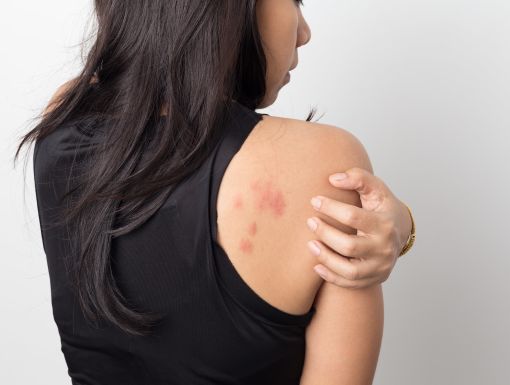
Name That Rash: Poison Ivy Edition
You’re itchy, uncomfortable, and have a red rash, what could be the cause? Poison ivy is a common culprit of skin rashes – read on to learn what it is, home treatment options, and when to see a doctor.
What is Poison Ivy?
The stems and roots of poison ivy, poison oak and poison sumac plants contain an oily resin called urushiol. Upon contact with the oil, you may have an allergic reaction that causes a rash on your skin, resulting in a red, itchy, blistery rash. Often the rash appears in straight lines and is usually on exposed areas of skin such as arms, legs and face. The severity of the rash depends on the amount of urushiol that gets on your skin, so if you suspect you have come into contact with poison ivy, poison oak or poison sumac, wash your skin as quickly as possible.
Poison Ivy Symptoms
Poison ivy symptoms usually develop 12 to 48 hours after exposure and last two to three weeks. Symptoms may include:
- Redness
- Itching
- Swelling
- Blisters
- If you have inhaled the smoke from burning poison ivy, you may have difficulty breathing
Home Treatment Options
If your rash is mild, you can treat it at home with calamine lotion, cool compresses or oatmeal baths. You can also try oral antihistamines like diphenhydramine.
When to See a Doctor
If your rash is severe, widespread, or it is no your face or genitals, you may need prescription medication. This may include topical or oral corticosteroids, or antibiotics may be necessary if the rash has become infected.
Itching for an appointment with an Ochsner Primary Care Provider? Schedule today!


